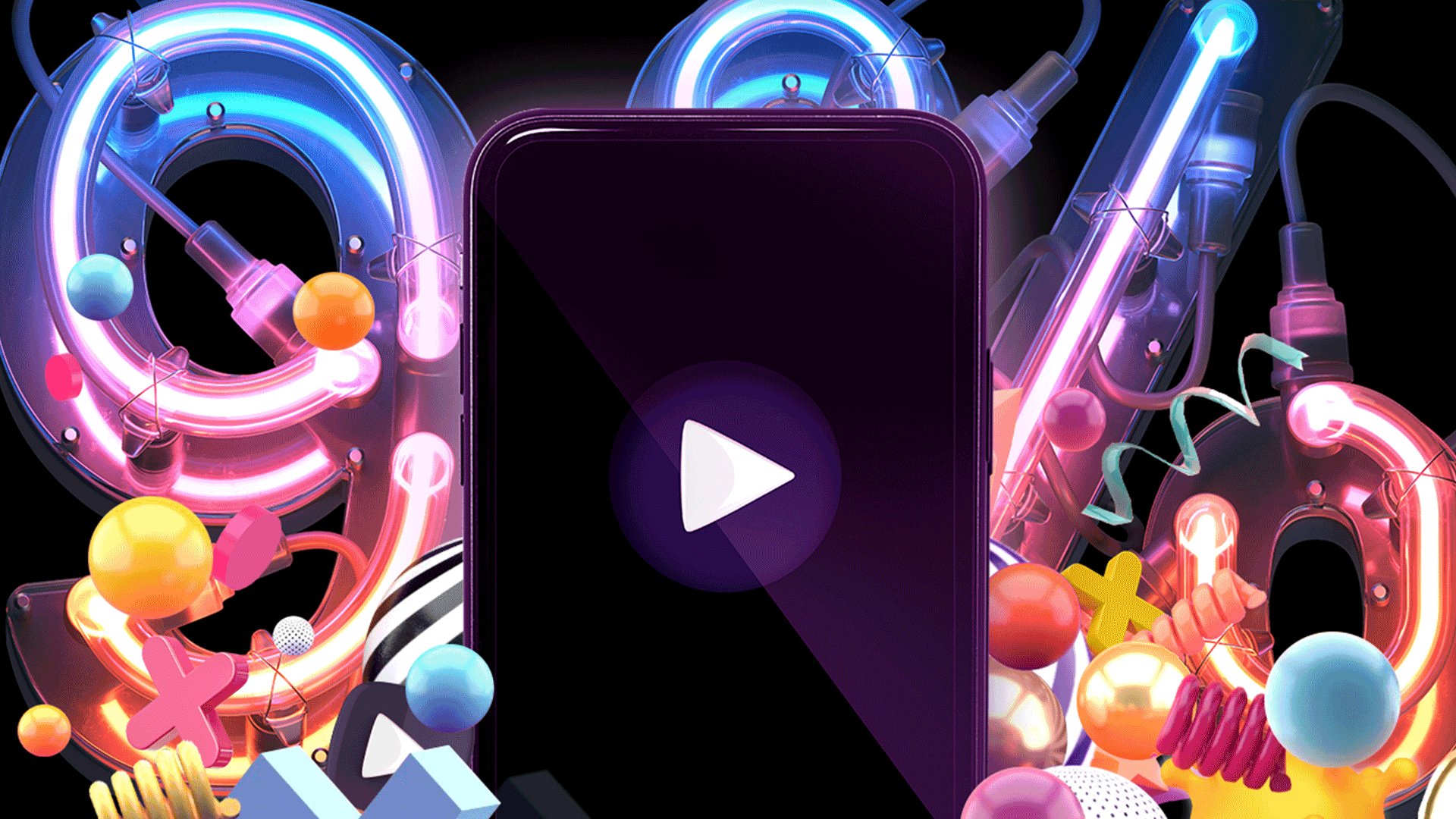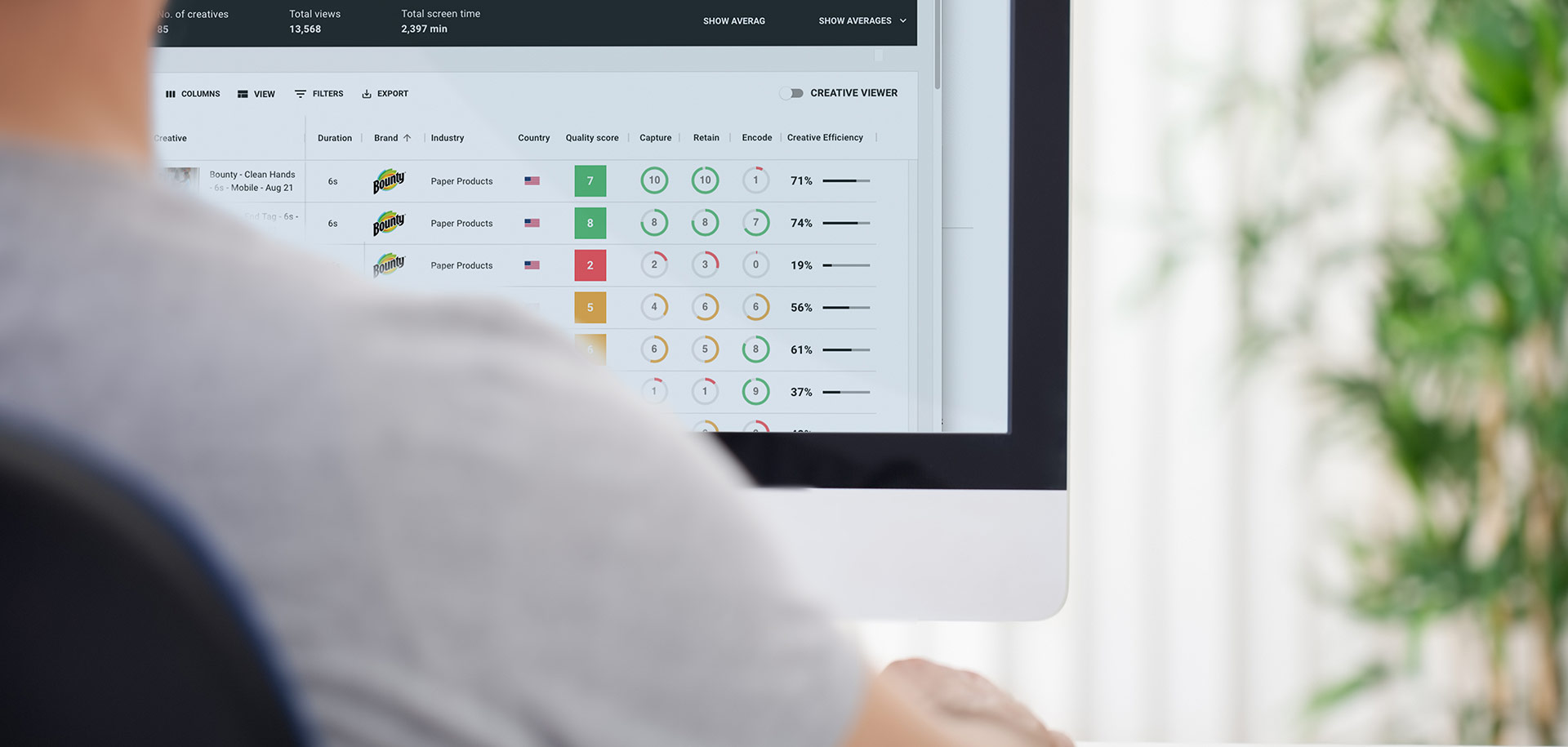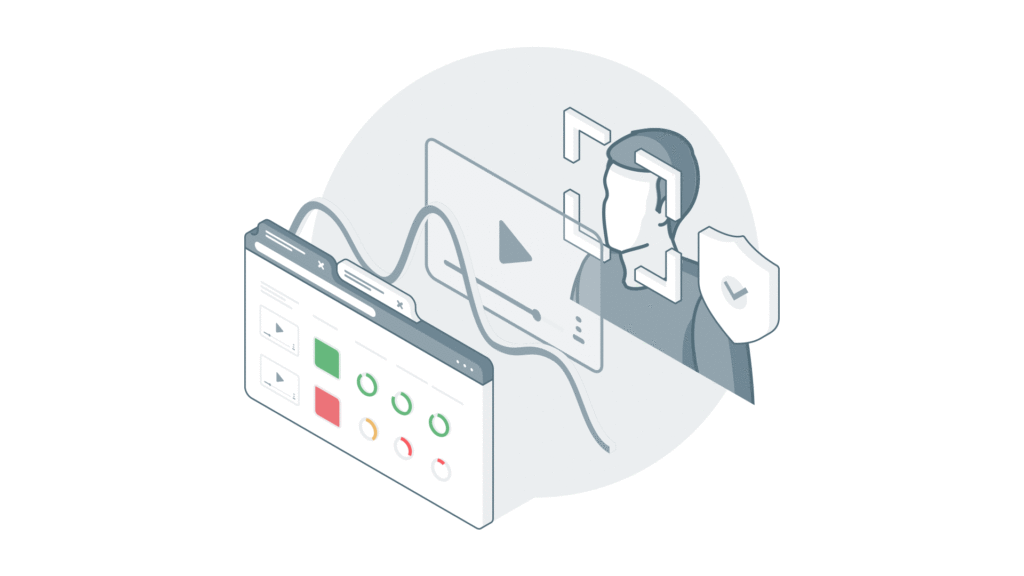Introduction
While the COVID pandemic caused billions globally to shelter in place, it altered human emotion seemingly overnight. Spikes in depression and stress, lack of social engagement, and increased worries about financial situations negatively impacted consumer sentiment.
Despite this disruption, the economy moved along and companies needed to promote their products and solutions to a homebound audience. We studied how the pandemic changed consumer attention and emotional response to creative by comparing ads that ran before the pandemic and those that ran during, using our database of 50,000 video ads that have been viewed by a panel of 6.7 million people.
What You Need to Know
- Ads that ran during the pandemic had poor Creative Efficiency (9% decrease compared to pre-COVID ads), likely due to the overall mindset of consumers at this time
- Encode, or emotional response, declined 28% during this period
- The retail industry was the only industry* that saw an increase in Creative Efficiency and Emotional Encoding
- Measuring creative in tandem with the environment it runs in is the best way to get a holistic picture of attention
What You Need to Do
- Significant global events fundamentally change consumer mindsets. Creative testing ensures your ads are hitting the mark
- But it’s not a time to ramp down spending; you just need to find the right creative and the right audience
- Knowing it may be difficult to create a positive emotional response through heartwarming creative, think outside to try other approaches that could cut through the malaise
| Creative Efficiency | Capture | Encode | Distraction | qCPM | |
|---|---|---|---|---|---|
| Pre-COVID | 51% | 5.1 | 49 | 15% | $24.83 |
| Post-COVID | 46% | 5.1 | 35 | 18% | $28.21 |
| Change | -9% | 0% | -28% | 20% | 14% |

COVID Caused a Disturbance in Viewership Behavior Which Depressed Advertising Efficacy
Pre and post-COVID, viewers responded differently to tested ads. Encode and Happiness and Engaged Attention decreased significantly during the pandemic, while Distraction and Negative emotions increased significantly. All of these caused qCPM to increase by almost 14% in the COVID era and creative efficiency decreased by 9%.
Encode Scores Tumbled Across the Board
Encode, which tracks the ability to encode the brand message into the brain through emotional engagement, is a crucial component of overall Creative Efficiency.
Unsurprisingly, it fell significantly during the pandemic, mirroring the overall pall on social life. Simply put, it was harder for brands to cut through the malaise to provoke a strong emotional reaction, either negative or positive, compared to the pre-COVID times.
The biggest decrease in Encode (about 50%) during the pandemic took place in airline, hotel, and travel ads, unsurprisingly given it reminded people of the travel they were unlikely to take.
| Creative Efficiency Change | qCPM Change | Retain Change | Encode Change | |
|---|---|---|---|---|
| Airlines, Hotels and Travel | -13% | 43% | -2% | -49%% |
| Technology and Computing | -16% | 26% | -8% | -42% |
| Home Supplies | -13% | 18% | 16% | -40% |
| Pharmaceutical | -9% | 11% | 4% | -34% |
| Home and Garden | -5% | 1% | 0% | -33% |
Many Industries Saw Decreased Creative Efficiency
Looking deeper at individual industries (and focusing on categories where PreView studied at least 75 ads), the patterns remain.
Most industries saw a decrease of 5%-15% in Creative Efficiency during COVID, which means it costs upwards of 20% more to reach quality (engaged) viewers of your creative.
Airlines, technology and computers, and entertainment were among the industries with the sharpest declines in Creative Efficiency and increases in qCPM.
Retail ads bucked this trend, producing a slightly higher Creative Efficiency and 15% lower qCPM. Retail ads were also the only category with statistical significance that increased in Encode during the pandemic.

Creative Testing Best Way to Achieve Success During Negative Events
It is perhaps unsurprising that overall creative performance decreased significantly during the pandemic. Overall global sentiment degraded as people were deprived of their normal routines and their social networks. But as the above study proves, there were creative approaches that outperformed not only those running during the pandemic, but also many pre-COVID videos.
This reinforces the need for adequate pre-, during-, and post-flight creative testing. Especially in unprecedented times, it is hard to use your gut to guess how consumers will respond to creative; only through robust testing will you know what is working and what needs to be changed.
Creative Attention Testing Methodology

The creative attention scores are provided by Realeyes’ PreView, which measures the facial queues and eye movements of participants as they watch video from desktop and laptop computers, and mobile devices. Each ad received over 150 views among participants.
Creative Efficiency: The extent to which a creative captures the full value of a nominal CPM based on attentional scores; calculated by dividing a video creative’s CPM by its qCPM.
qCPM: An estimated cost of one thousand quality media exposures based on Capture, Retain and Encode performance, and derived from a nominal cost of one thousand impressions (CPM).
Capture: Ability to capture audience attention in the first seconds.
Retain: Ability to retain the audience throughout the ad.
Encode: Ability to encode the brand message into the brain through emotional engagement.
Contents:
Share this:


